1 Comment
I spent February at the James Ford Bell Library at the University of Minnesota in Minneapolis on a William Reese Company Fellowship, looking at the papers of Captain John Gabriel Stedman and investigating the banjo's early history in Suriname and the Caribbean.
In September, I was invited to talk about my banjo research at the North Carolina Folk Festival. I was lucky enough to see many amazing artists, include Sona Jobarteh. She entered the main stage of the North Carolina Folk Festival to a massive crowd with a rock-star attitude: confident, ready to get the audience excited, and knowing exactly how talented she is. She picked up a kora, a 21-string plucked harp made from a gourd, and fastened it to a harness so she could stand and play. Backed by a band, she sang traditional songs and songs she had written, and got the audience to sing and clap along. Many people in the audience never heard her play before, and the performance was magical. She Shreds magazine recently published a piece I wrote about Jonarteh, and how she is transforming traditional music from her native Gambia into something new. What only briefly made it into the piece, but what I found really fascinating, is the relationship between the kora and the context in which it is played. "Every instrument has a role - music cannot be detached from its purpose," she told me. "The instrument cannot exist without the ceremony or the tradition it’s a part of," traditions like naming ceremonies, weddings, or hunts. "If we play the song out of context, it’s not really happening." This allows Jobarteh to play to kora, since she's doing it in a secular context and not a religious one. But in my research about the banjo as a religious object, these ideas underlined how connected a physical instrument is to religious ceremony in West African Griot traditions. Read the article on She Shreds. For newcomers to Baltimore or the neighborhood of Hampden, the lights on 34th Street feel like a tradition. And by now, they kind of are. I wrote an article for Shore Monthly about the "Spectacle on 34th Street," and found myself surprised that the street-wide decorations only started in 1991. But in the years since, the street has become Baltimore's place to be over the holidays. Read the piece via Shore Monthly.Read my article on John Gabriel Stedman at OZY.The name John Gabriel Stedman may not mean a lot to a lot of people today, but the memoir he wrote and the images that were produced from his drawings for his book still influence how we envision slavery today. Read more about Stedman's legacy and Suriname.
Read my article on Het Koto Museum on OZY. Located in a quiet neighborhood near the center of historic Paramaribo, Suriname, Het Koto Museum celebrates the lives and legacy of Afro-Surinamese women. The museum is founded and run by Christine Van Russel-Henar, who is reviving the tradition of the Koto outfit. She shared her knowledge and passion with me during a visit the the museum.
In June, I was invited to the Legacy of Slavery and Indentured Labor Conference at the Anton de Kom University in Paramaribo, Suriname. I presented a paper on the ritual dances in the Americas, expanding on research I presented at The Banjo Gathering in 2017. While we spent a week at the conference, I was also able to explore the city of Paramaribo, the jungle and Maroon villages, and Papillon's famous prison in French Guiana. I was able to share three stories from Suriname on OZY's Around the World, and will be sharing those and more stories of museums and historic sites here on the blog.
In the 1880s, a woman from the East Coast fascinated by the culture of the Plains tribes set out to record their music. At the same time, she championed a policy that would destroy Native American ways of life in the West. Read more about Alice Cunningham Fletcher in my article on OZY and check out my sources and more images below.
When I first learned Kara Mae Harris's blog Old Line Plate, my first thought was that she had a huge task before herself. I tried my hand at cooking some Victorian vegetarian recipes-- the blogging thing is hard, the food blogging thing is really time consuming and requires a lot of research and planning. When I then learned that Kara is working to preserve and share the history of Maryland's culinary traditions, I knew I had to write a piece on her. Thankfully, she was into the idea, and so was the editor at Atlas Obscura's new food section, Gastro Obscura. 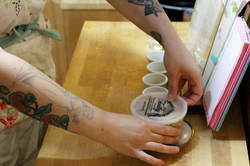 On the Sunday afternoon when I was hanging out with Kara, she made pickled oysters, and as she pointed out, "This sounded like just the perfect somewhat repulsive thing to make when I recently interviewed for Atlas Obscura." Strange, lost recipes like this aren't the only thing Kara makes for her blog, but they all come with a little bit of Maryland spice. Read the piece on Atlas Obscura. |
Come in, the stacks are open.Away from prying eyes, damaging light, and pilfering hands, the most special collections are kept in closed stacks. You need an appointment to view the objects, letters, and books that open a door to the past. Archives
April 2023
Categories
All
|
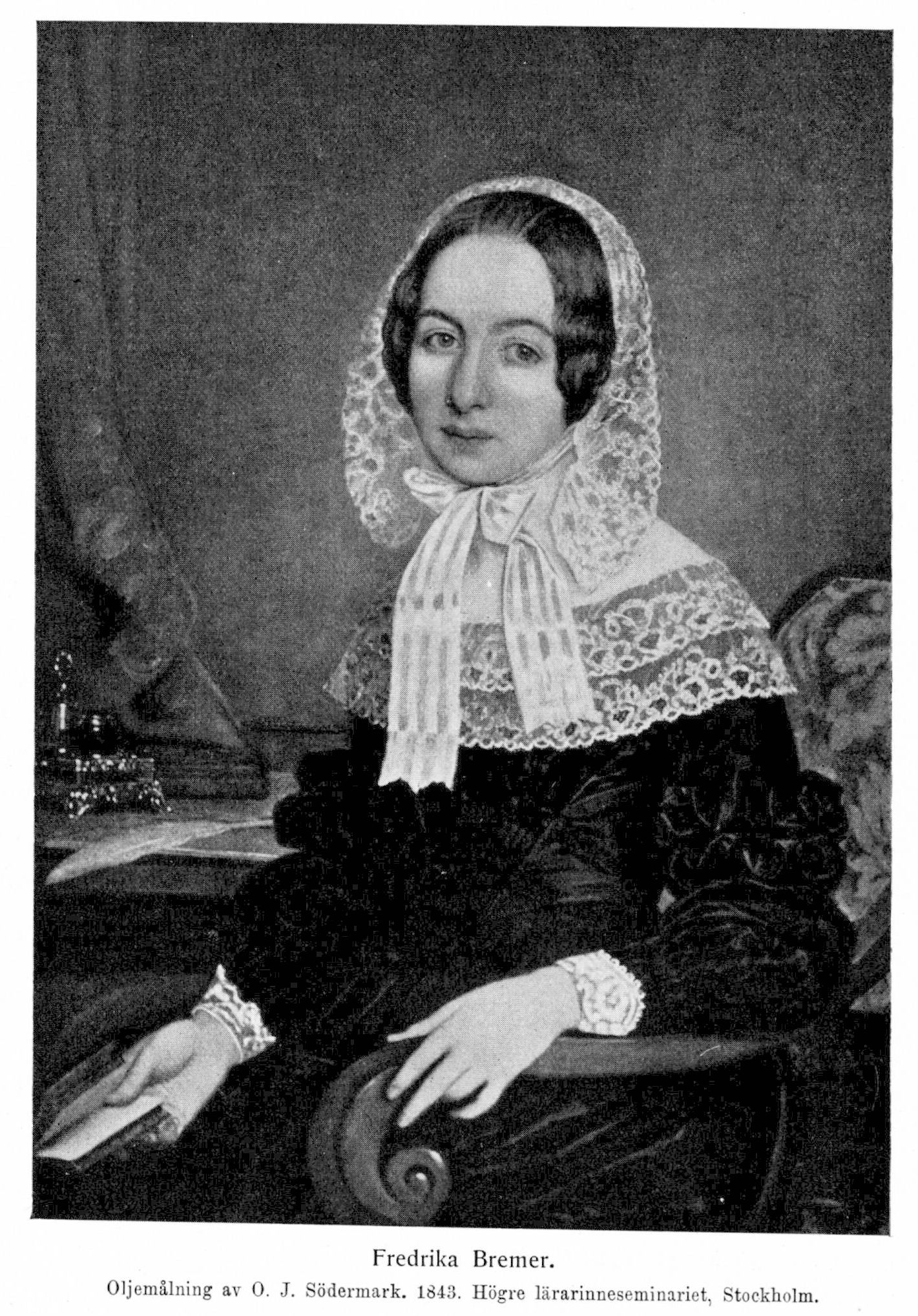
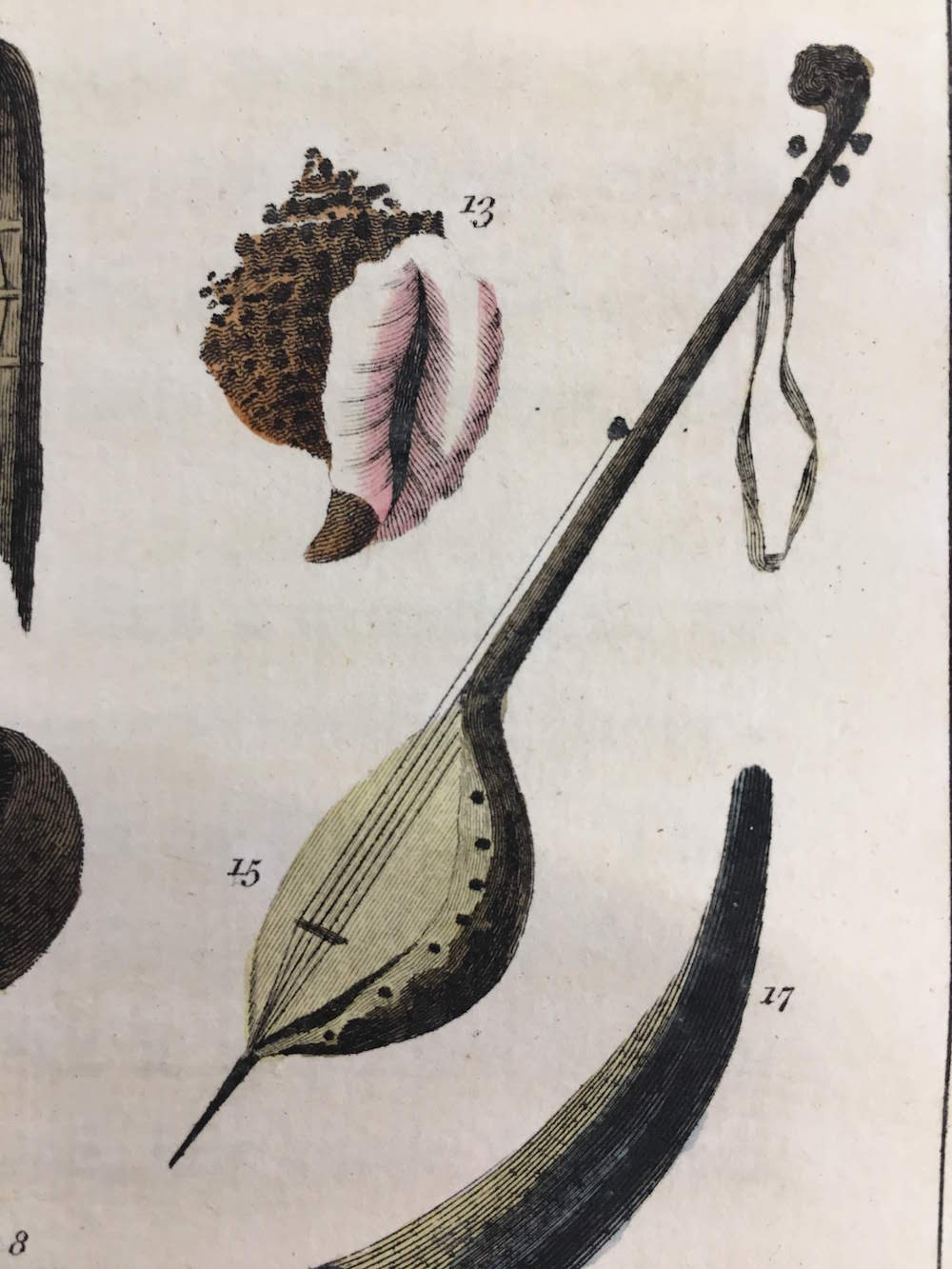
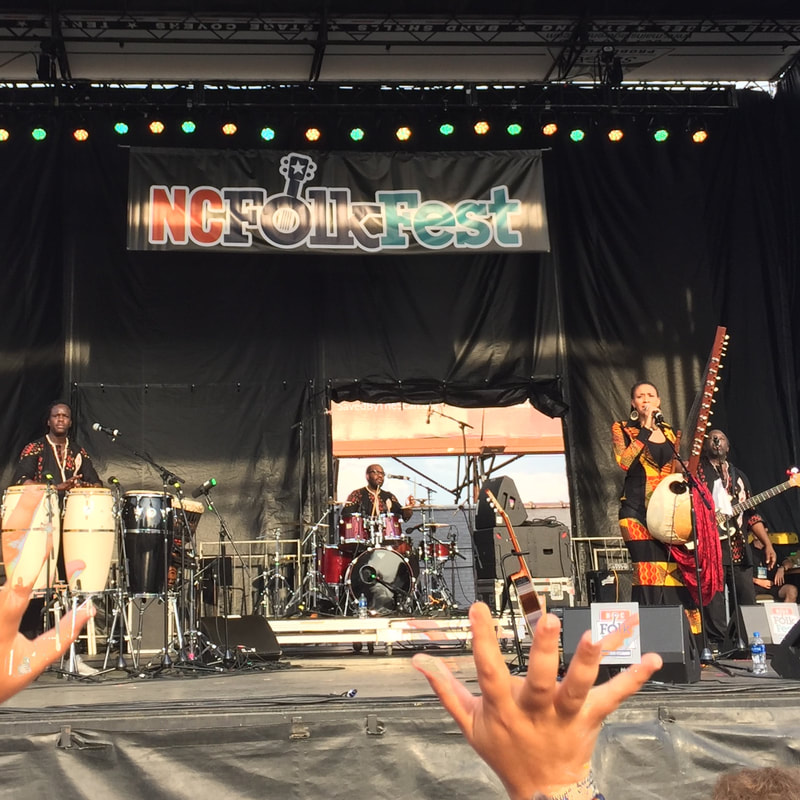

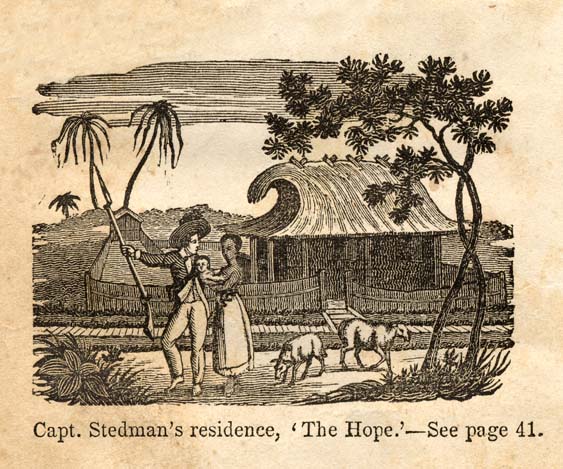
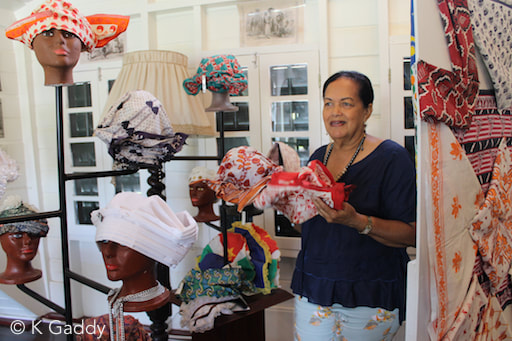
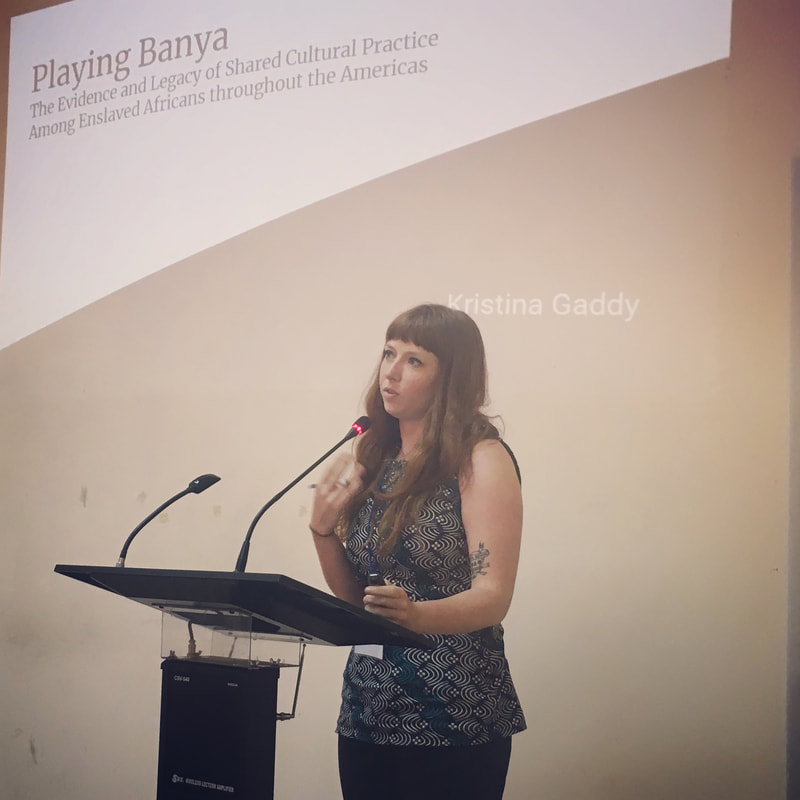
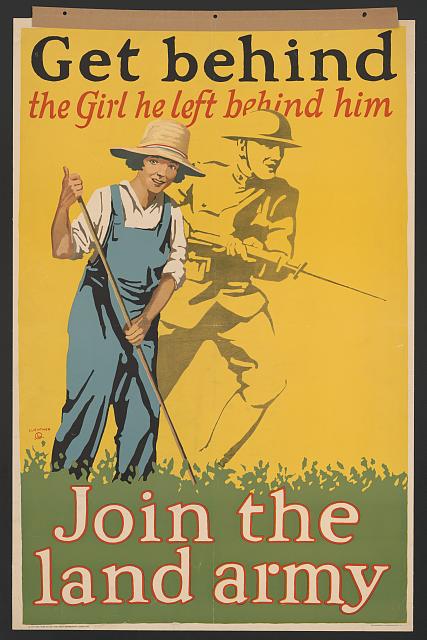
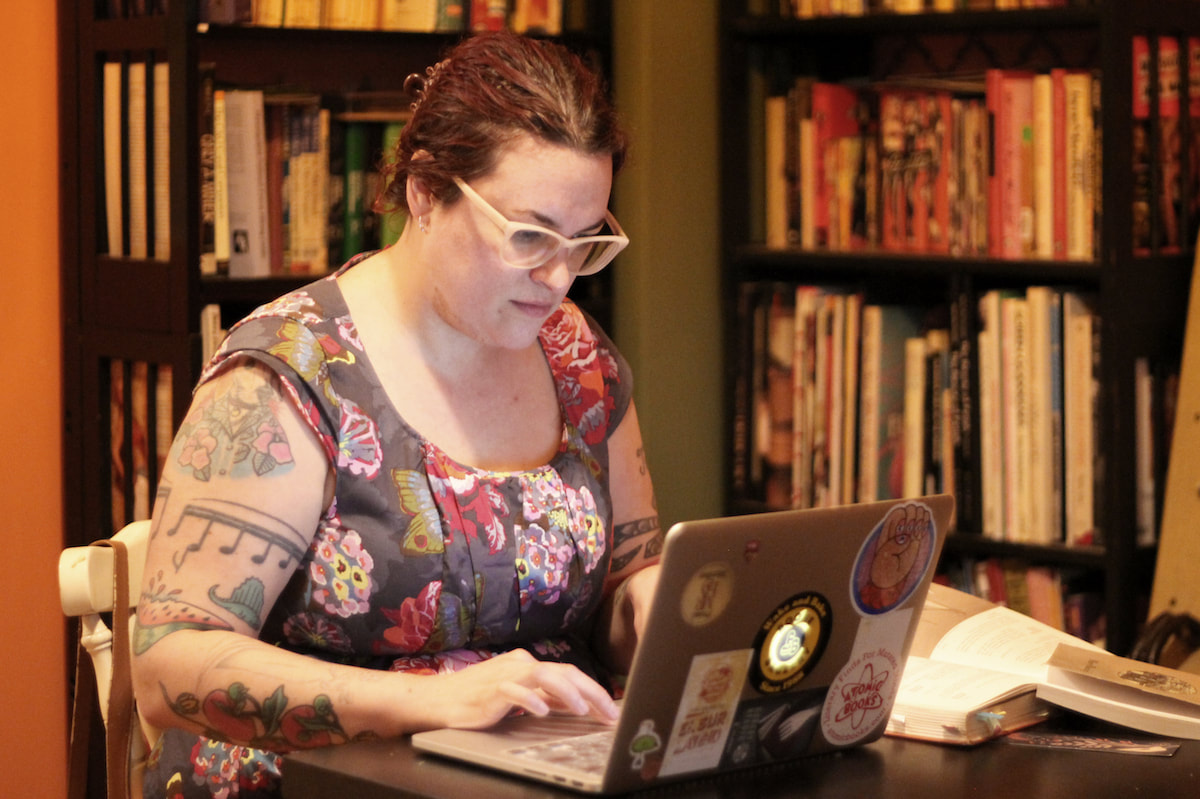

 RSS Feed
RSS Feed